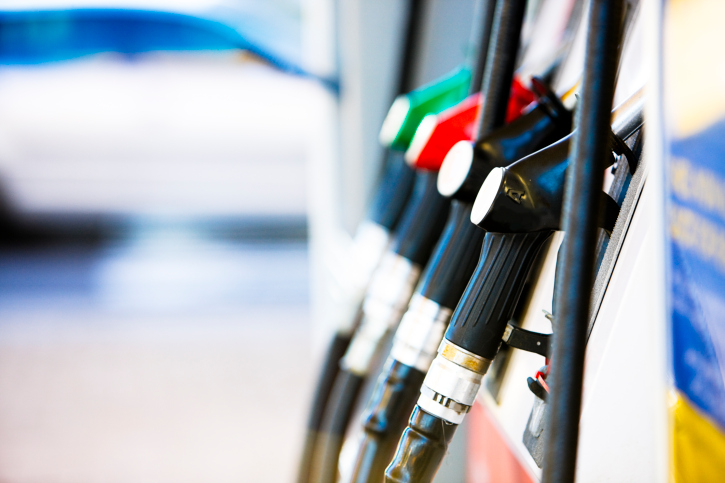Energy
Gas Prices Get Scary Again as Some State Prices Top $4
Published:
Last Updated:
The point at which both consumers and experts start to panic about gasoline prices is when they top the psychological and economic barrier of $4 a gallon. A price of $3.99 is not nearly as threatening. That threshold has been breached in a number of states. Together, these states are home to a large portion of the American population.
Across the United States, the average price per gallon of regular was $3.60 yesterday. That is up from $3.474 a month ago, a 10% increase. The current national average price for a gallon of premium is much higher — $3.934.
In California, Washington state, Illinois and Connecticut, the price of regular slips back and forth a few cents above or below $4. A very modest uptick would put New York into the same category. Among them, these states have 73 million people residents, which is nearly 25% America’s total population.
The most often cited cause for increased gas prices is the price of oil. Other factors include transportation costs and the availability of refinery capacity, but oil pricing remains the primary factor. Crude regularly trades above $105 now. In early June, the price point was much closer to $90. Given worries about the availability of global supply, crude may remain above $105 for several months.
The logic that gas prices hurt the economy is simple. Many Americans have to drive to work, to school or for leisure. While the University of Michigan Transportation Research Institute reports that the fuel efficiency of new U.S. cars on average reached a new all-time high at 24.8 mpg last month, the problems with rising gas prices are inescapable. A household in which the residents drive 10,000 miles a year is not immune from the increase, particularly among those who live at or below the U.S. median household income of about $51,000.
At some point, which may already have been reached for some Americans, substantial daily expenditures have to be cut to pay for higher gasoline prices. Almost no one argues that this can damage consumer activity and, thus, gross domestic product (GDP).
High gas prices are back, and they may remain for a substantial amount of time. If so, GDP improvement is at risk for a reason that can be added to handful of others, like higher taxes and government job cuts. There is no need to speculate because it has happened several times before.
Thank you for reading! Have some feedback for us?
Contact the 24/7 Wall St. editorial team.